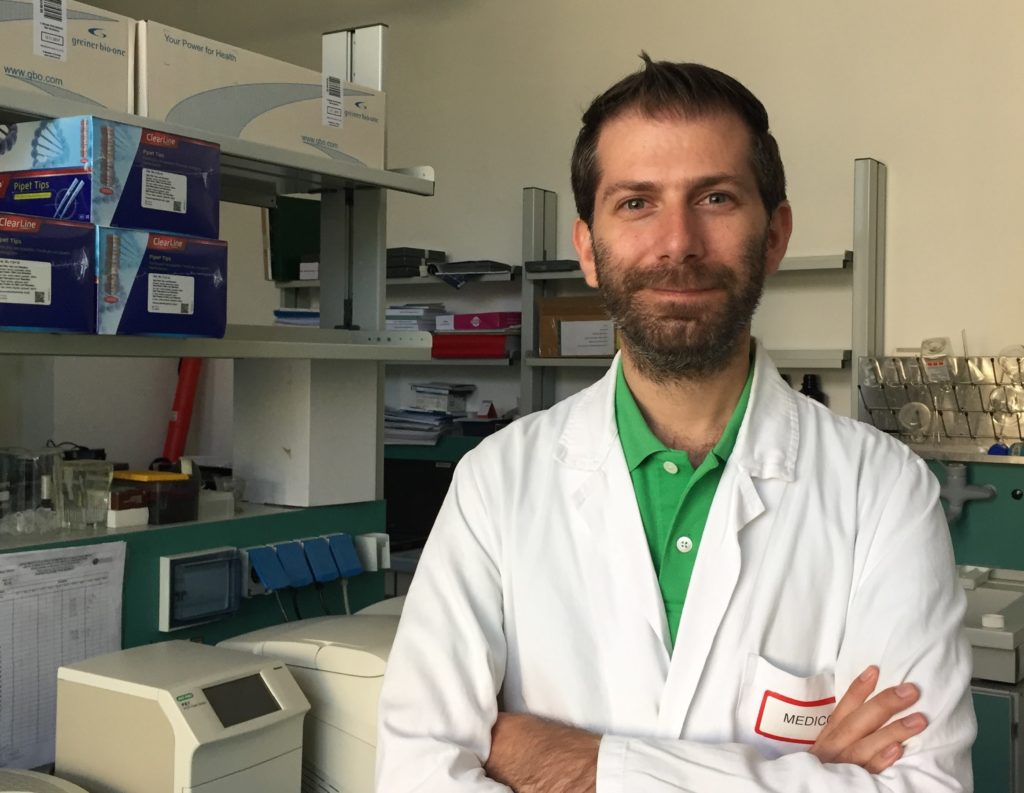Description
Dahia will develop new three-dimensional, organ-like systems (called organoids) to reproduce pheochromocytomas and paragangliomas in the laboratory. These rare NETs lack appropriate disease models for research and this has slowed the progress in discovering new treatments. Treatment options are currently limited for patients who have metastatic pheochromocytomas and paragangliomas. Dahia and her colleagues will develop these tumor models to study their biology, development, and progression, and to explore whether they may also be amenable to drug testing.
What question will you try to answer through your research?
Little is understood about the process of malignant transformation of pheochromocytomas/paragangliomas and few treatments are available for tumors that have metastasized. My research addresses these two important gaps in the field.
Why is this important?
Currently, malignant pheochromocytomas/paragangliomas can be identified only after they metastasize. Once diagnosed, there are few therapeutic options available for patients. In part, these knowledge gaps reflect the lack of appropriate study models.
What will you do as part of this research project?
My colleagues and I will establish and refine organoid culture conditions that maintain the properties of the original pheochromocytoma/paraganglioma, regardless of their genetic background. We will also optimize the conditions for screening drugs on these cultures.
How might your research improve the treatment of NETs?
If we can develop better models of pheochromocytomas/paragangliomas, we may uncover biomarkers of tumor aggressiveness and drug sensitivity. The models represent a resource that can be used to expand research into these rare tumors.
What is your next step?
If successful, our model will expand the pheochromocytoma/paraganglioma organoid bank to represent the genetic and clinical variability of these tumors, enabling us and other researchers to better understand the biology of these tumors. The models may also illuminate how the tumors may respond to drug testing that may lead to future clinical trials.

